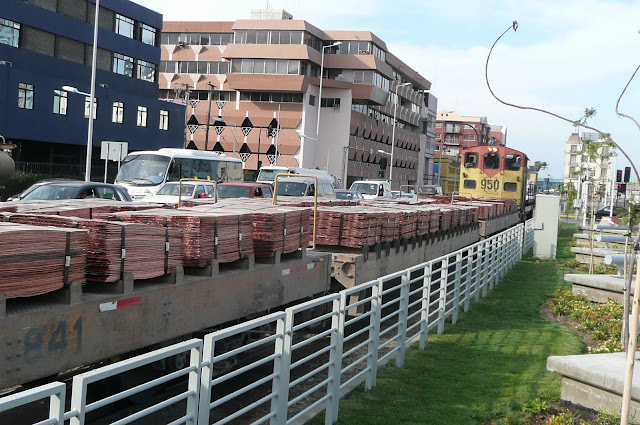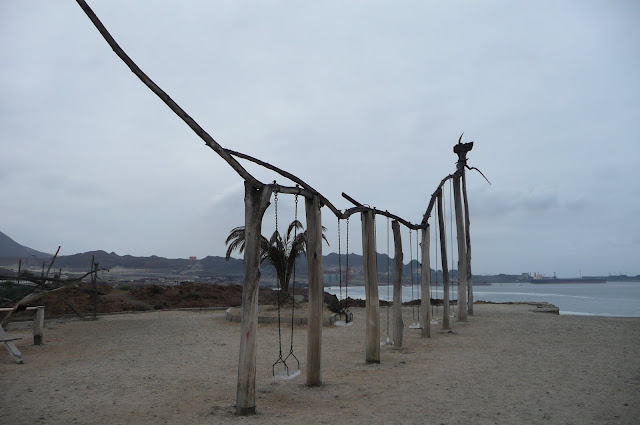The Atacama Desert, in Northern Chile, is the driest and most arid desert in the world. It is near the border to Bolivia and Argentina, and is surrounded by some truly spectacular scenery. I chose to come here mostly for acclimatisation. Bolivia has the world highest everything (ok I exaggerate), and from here I go up and up and up. The world health organisation suggests taking a break between 2000-2500 metres, so here I am at about 2400m.
There is an incredible lot to see here, and most of it requires taking a tour or hiring a car. I got a package of three tours for $40, which I thought was pretty good value. I will dedicate a blog post to each tour.
San Pedro itself, although it's been here since pre-colombian times, is really a tourist centre now. It's dusty streets are lined with accommodations, restaurants, tour agencies and souvenier shops.
On the afternoon of my second day I decided to walk three kms to some ruins. A motorbike stopped and the rider offered me a lift, He took me to a cave past the ruins first. The cave was completely dark inside where we walked with his phone torch and a headlamp for 50metres.... me all the time hoping this man only had good intentions and wondering if I was crazy or just too adventurous. It all turned out fine. Next he dropped me off at the ruins.... which weren't as impressive as the view (here). Oh, and that's a hotel.
What the? I read this and I get "do not put rubbish in bin". Which possibly explains the street litter problem.
Walking back to town I had to give way to the goats and sheep that were being herded.
Notes:
Accommodation: Hostelling International (member) $12
Buses: Iquique-Calama-San Pedro de Atacama $32




















































